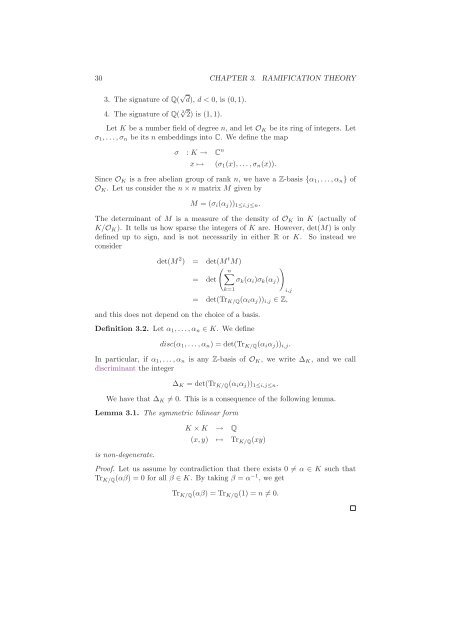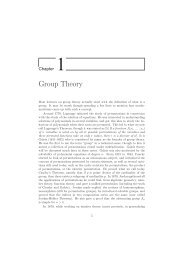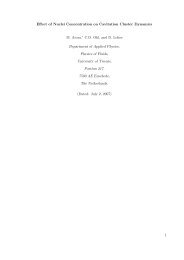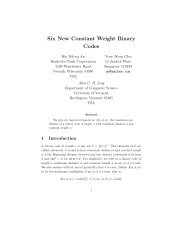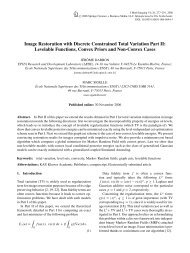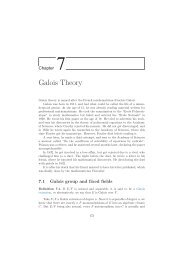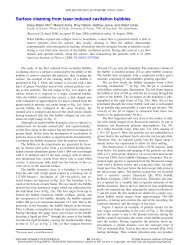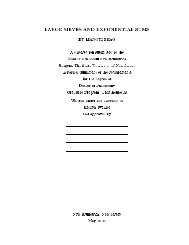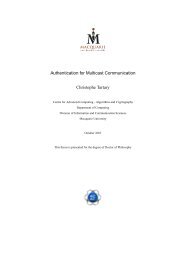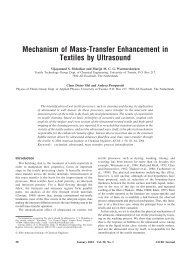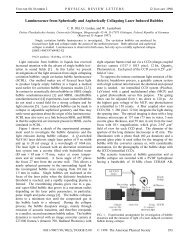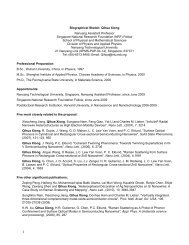Ramification Theory
Ramification Theory
Ramification Theory
Create successful ePaper yourself
Turn your PDF publications into a flip-book with our unique Google optimized e-Paper software.
30 CHAPTER 3. RAMIFICATION THEORY<br />
3. The signature of Q( √ d), d < 0, is (0,1).<br />
4. The signature of Q( 3√ 2) is (1,1).<br />
Let K be a number field of degree n, and let OK be its ring of integers. Let<br />
σ1,...,σn be its n embeddings into C. We define the map<br />
σ : K → C n<br />
x ↦→ (σ1(x),...,σn(x)).<br />
Since OK is a free abelian group of rank n, we have a Z-basis {α1,...,αn} of<br />
OK. Let us consider the n × n matrix M given by<br />
M = (σi(αj))1≤i,j≤n.<br />
The determinant of M is a measure of the density of OK in K (actually of<br />
K/OK). It tells us how sparse the integers of K are. However, det(M) is only<br />
defined up to sign, and is not necessarily in either R or K. So instead we<br />
consider<br />
det(M 2 ) = det(M t M)<br />
<br />
n<br />
<br />
= det σk(αi)σk(αj)<br />
k=1<br />
i,j<br />
= det(Tr K/Q(αiαj))i,j ∈ Z,<br />
and this does not depend on the choice of a basis.<br />
Definition 3.2. Let α1,...,αn ∈ K. We define<br />
disc(α1,...,αn) = det(Tr K/Q(αiαj))i,j.<br />
In particular, if α1,...,αn is any Z-basis of OK, we write ∆K, and we call<br />
discriminant the integer<br />
∆K = det(Tr K/Q(αiαj))1≤i,j≤n.<br />
We have that ∆K = 0. This is a consequence of the following lemma.<br />
Lemma 3.1. The symmetric bilinear form<br />
is non-degenerate.<br />
K × K → Q<br />
(x,y) ↦→ Tr K/Q(xy)<br />
Proof. Let us assume by contradiction that there exists 0 = α ∈ K such that<br />
Tr K/Q(αβ) = 0 for all β ∈ K. By taking β = α −1 , we get<br />
Tr K/Q(αβ) = Tr K/Q(1) = n = 0.


